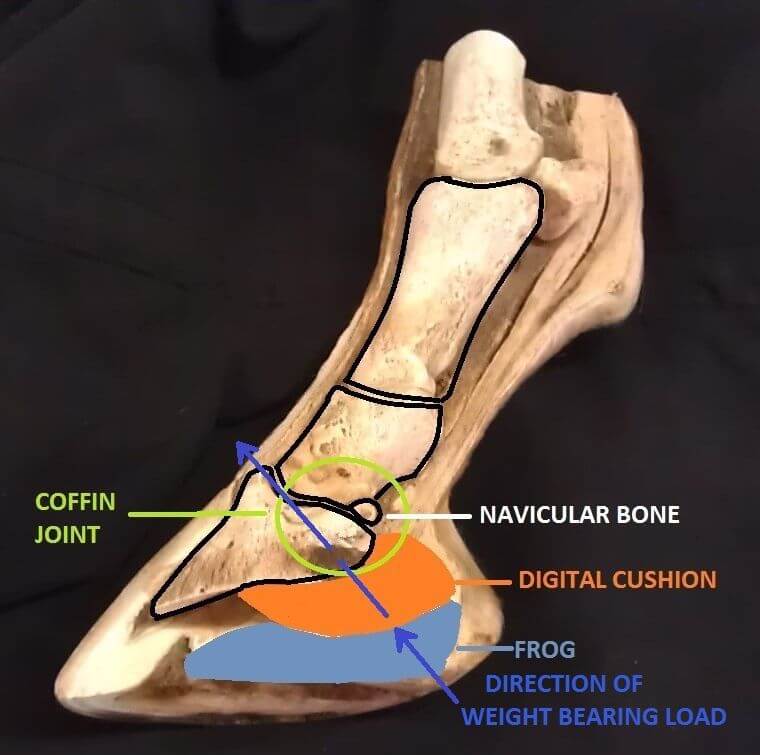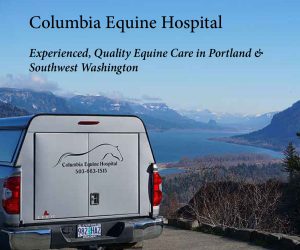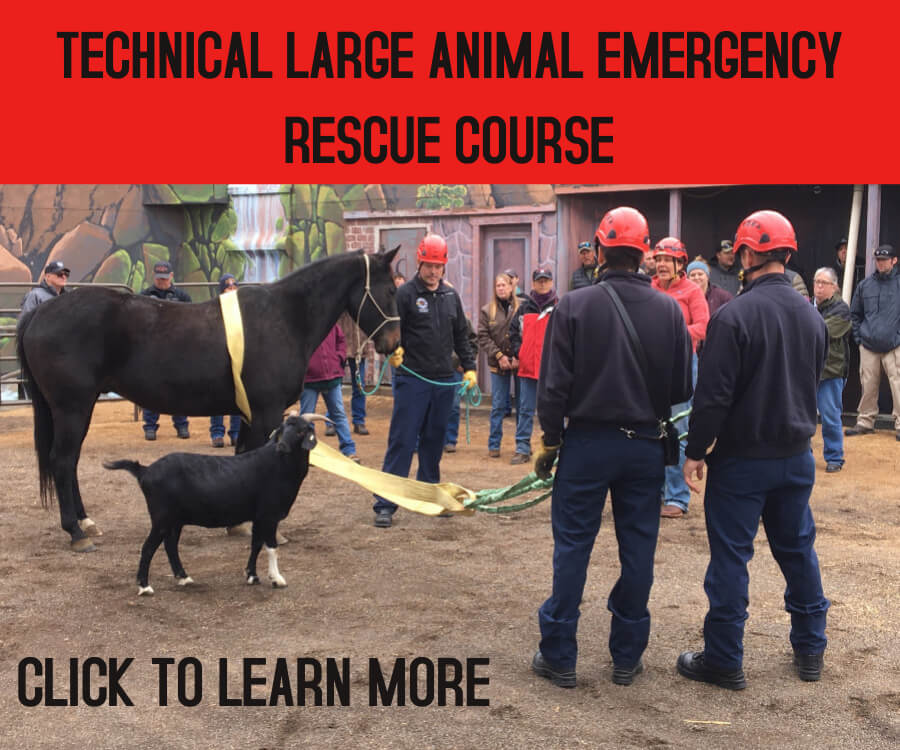Pt. 5: Ensuring Optimum Load Sharing
by Mark and Karen Plumlee, Mission Farrier School
Using the principles in this 5-part series will give you the basics for evaluating your horse’s hoof health. It includes: Understanding Foot Falls, Identifying Distortion, Understanding the Sole Plane, What is Breakover?, and Load Sharing
The definition of “load sharing” is that which distributes the weight of the horse across a broad surface at the back of the foot, including the frog, bars, heels, sole, and wall. The wall was never meant to be the primary weight bearing structure of the hoof, but rather to work together to share the load.
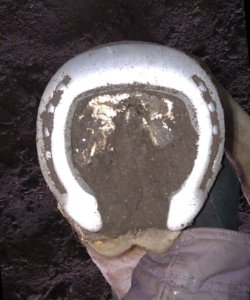
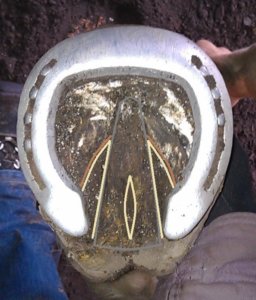
The back half of the foot is designed to collect material (ideally good dirt) into the commissures around the frog and bars. This collection of good dirt works much like nature’s pad material and offers a broad load distribution across the soft tissue in the back of the foot, which is vital in supporting the internal structures.
Remember that the coffin bone is located primarily in the front half of the hoof capsule, and while most people think of the weight of the horse as being supported by the coffin bone and hoof wall, it’s actually the soft tissue in the back of the foot. In a healthy foot the frog, digital cushion, co-lateral cartilages, and venous network, work together to support the bone column.
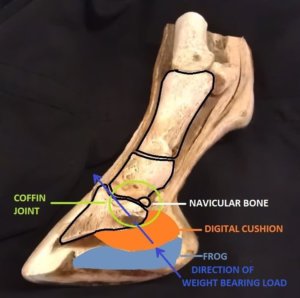 Load sharing is the last of our 5 guidelines and takes us back to principle #1 – foot falls and the importance of a heel first landing. As the horse’s weight becomes fully borne on the limb, the load is transferred from the frog up through the digital cushion through the palmar region of the coffin joint. The result is a subtle lifting of the coffin joint up and forward in the hoof capsule. This lifting minimizes the force on the laminae of the hoof wall, unloading the sole and the ligaments of the navicular bone, allowing for the expansion of the co-lateral cartilages as they move outward at the top. This action creates a vacuum effect that pulls blood from the toe to the heel region where it returns via a venous network back up the limb. This movement of blood is how the hoof was designed to dissipate concussion.
Load sharing is the last of our 5 guidelines and takes us back to principle #1 – foot falls and the importance of a heel first landing. As the horse’s weight becomes fully borne on the limb, the load is transferred from the frog up through the digital cushion through the palmar region of the coffin joint. The result is a subtle lifting of the coffin joint up and forward in the hoof capsule. This lifting minimizes the force on the laminae of the hoof wall, unloading the sole and the ligaments of the navicular bone, allowing for the expansion of the co-lateral cartilages as they move outward at the top. This action creates a vacuum effect that pulls blood from the toe to the heel region where it returns via a venous network back up the limb. This movement of blood is how the hoof was designed to dissipate concussion.
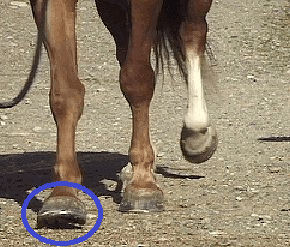
All this anatomy working together is vital to healthy foot function. When load sharing is not introduced through the back of the foot, the coffin joint subluxates forcing the navicular bone to carry the load. Inappropriate loading of the navicular bone compromises blood flow, which leads to navicular disease.
So, in the interest of promoting load sharing, should I clean my horse’s feet? Absolutely. Horses’ feet should be cleaned and evaluated regularly to minimize bacterial infections and to remove undesirable compactions such as gravel, rocks, foreign objects or manure. And while the back of the foot is designed to hold a compaction of good material, you do not want this compaction to harden against the front of the foot where it could bruise the coffin bone. So consider your terrain. If you are going on a trail ride up a rocky logging road, you will want to investigate your horse’s feet before you go, but leave the good dirt in to act as nature’s pad, ensuring load sharing across the back of the foot. If you are going to compete in arena footing, remove any compactions so that the foot can effectively and appropriately interact with the arena footing.
In conclusion, horse owners, hoof care providers and veterinarians can all benefit from these 5 general guidelines concerning hoof health. But it’s important that all 5 things work together to ensure soundness, or improve soundness in compromised horses. We can’t just make an adjustment in breakover without appropriate hoof preparation. And the hoof care provider cannot just simply trim to the sole plane then apply a perimeter fit shoe. The foot is an integral unit with all parts working appropriately together to achieve proper function and long term health.
Published December 2012 Issue
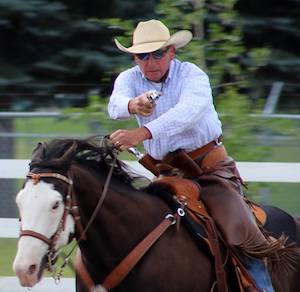
Mark Plumlee is a Certified Journeyman Farrier through the American Farriers Association, a Registered Journeyman Farrier through the Guild of Professional Farriers, and a Certified Barefoot Trimmer, Certified Farrier Practitioner and Certified Lameness Specialist through the Equine Lameness Prevention Organization. These diverse certifications speak to Mark’s commitment to the horse. Mark has published 6 educational DVDs and has been a pioneer in the advancement of farrier education for over 30 years. Mark, with his wife Karen own and operate Mission Farrier School and an Equine layup facility in Snohomish, Washington. They have graduated students from across the United States and 10 foreign countries. For more information visit http://www.missionfarrierschool.com and “Like” them on https://www.facebook.com/MissionFarrierSchool


